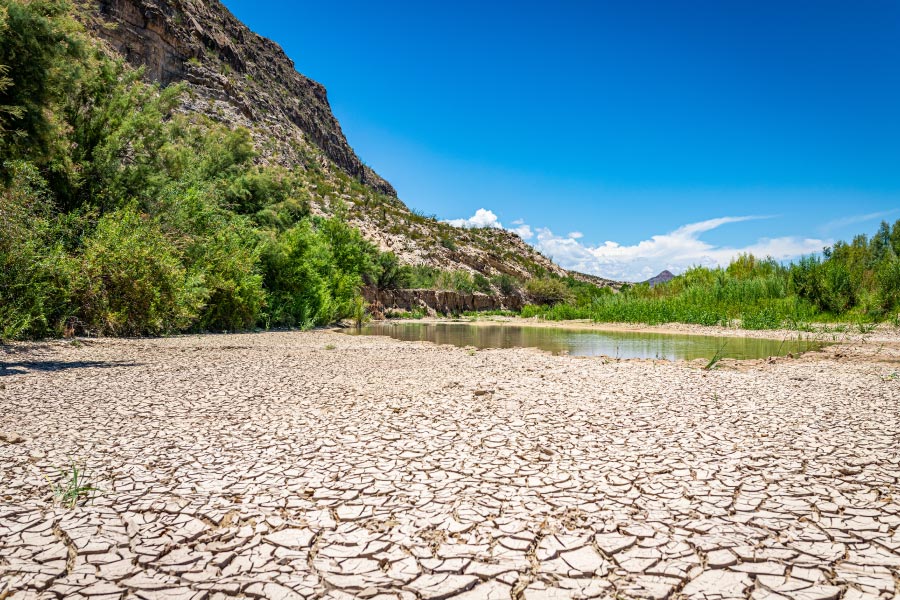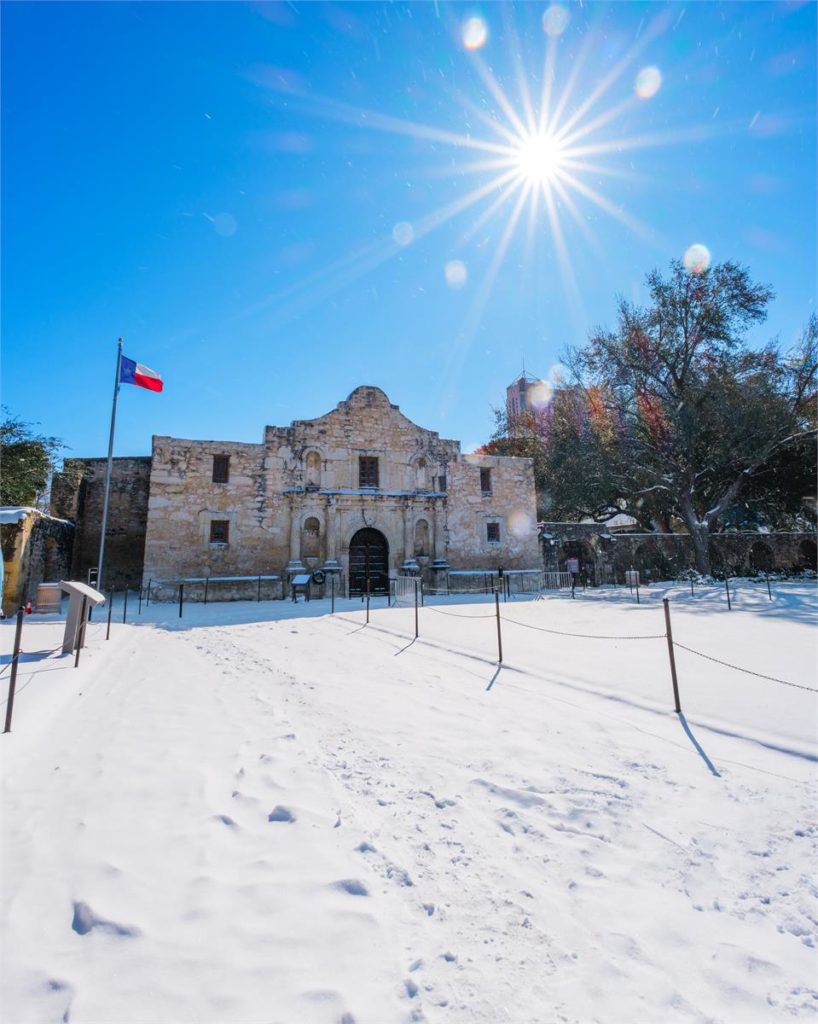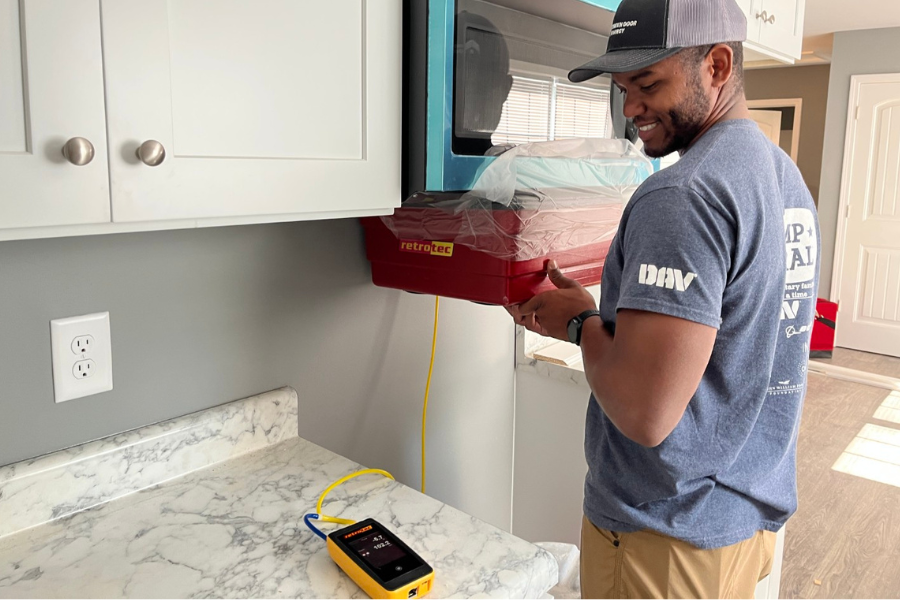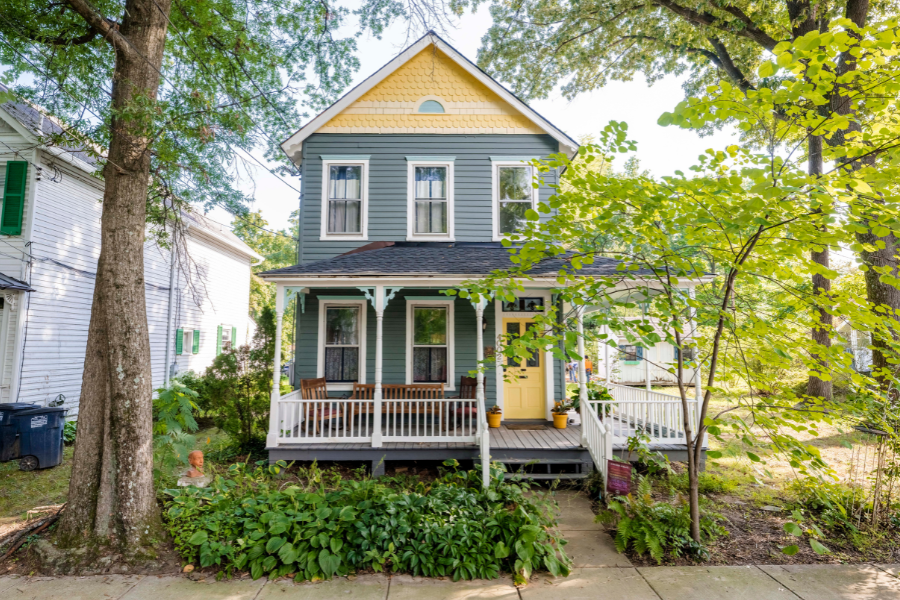May 5, 2021
Texas Two Step: The Tradition of Weather Walloping Texans
Texas' weather is wild, so it's best to make sure every building and house is prepared for whatever it may bring.
By: Rives Taylor and Betsy del Monte

Texas has two climates: too hot and dry or too cold and wet
My grandfather’s family founded Waco, Texas. Growing up, I listened to him recount the challenging years of the early 20th century terms of weather, the economy, and peoples’ fortune. As I listened, I was naïve to the fact that Texas’ weather wasn’t like anywhere else.
One is foolish to try to predict Texas weather in the short and long term—and its impact on our lives and our communities. Our “power industry” has only added to that unintended climate consequence. This has been proven hundreds of times, but not any better than in February 2021. The fierce winter storm that froze water lines and shut down power plants proved that the Texas grid could come within shooting distance of a complete shutdown. All types of power production were affected, and all Texans risked being powerless. Unfortunately, private homes are the most vulnerable as they are least likely to have redundant power supply.
But winter storms aren’t the only threat to Texas. What threatens Texas is extremes: extreme heat that causes drought, extreme storms that bring tornados and hail, extreme rains that cause flooding. These extremes are increasing in frequency and severity because of the potential impact of our changing climate. All types of buildings are threatened, but often the most vulnerable are the places where people live. Single family homes and duplexes, apartment buildings, and especially mobile homes are often the first building types to experience damage due to these extreme weather events. When a family’s home is damaged, they often have no other options for shelter—and the move even temporarily from one’s home has lasting impacts on the family’s “life continuity” from access to schooling to sleep habits!

Several months have transpired since last winter’s freeze, but there is still debate about the larger impact. While pipes are recovered and the electric grid seems to be getting extra attention, we have to consider how we face this climate shock repeatedly in the future. It’s not just a single event but a series of events over a year. The insurance industry in Texas has had well over $60 billion worth of climate-related damage over the last several years.
This leads to serious questions about the work of the design professions and those who invest in the built environment, as well as those to insure it.
Our discussion must focus on the four biggest issues:
- Temperature shock,
- Water: scarcity or flood,
- Power and water grid fragility, and
- Disproportionate investment in communities that suffer the most.
Our increasingly hot summers are threatening us with more 100+ degree days than ever before. This is true in areas accustomed to heat, but also in areas that have never seen these temperatures. This is threatening not just to human comfort and health, but to power grids unprepared for high demands for air conditioning. Shelters to provide daytime cooling are becoming a necessity.

These temperatures also threaten the food supply because of the impact on agriculture. Crops that have been carefully cultivated for their climate are suddenly unable to thrive due to high temperatures and drought. The erratic weather impacts from climate change mean that temperatures can swing 30, 40, even 60 or 70 degrees in a matter of hours. The impact on crops and infrastructure can be devastating. Roadways, bridges, and buildings are not designed to withstand such sudden shifts.
All of this indicates an impact on housing that the average homeowner is unprepared to deal with. The solution for single family homes lies in thoughtful and climate-appropriate design. An example of this kind of design thinking is Passive House construction. The Passive House Alliance provides specific guidance and a rating system to allow buildings to design net zero energy buildings. The basic concepts are that by providing solid, well-insulated, and durable construction and incorporating principles of natural air flow, a home can be comfortable and durable with no more energy used than what can be produced on-site. Even if a building is not using the PHIUS standards, these concepts will serve any homeowner well. By building to a higher level of durability and weather resistance, as well as producing electricity onsite, a home can be a haven for survival and comfort in extreme conditions.
The Passive House design concepts include net zero water usage, which is especially important in Texas where water can be a huge issue. The idea that we use potable water to flush toilets is absurd in times of drought. These strategies help make the most of every resource, including water, that the home consumes.
If every home in Texas used no more energy or water than it absolutely had to, and if all homes were built to be both efficient and durable, we would have significantly less threat to our infrastructure.

If every home in Texas used no more energy or water than it absolutely had to, and if all homes were built to be both efficient and durable, we would have significantly less threat to our Texas infrastructure, which would be a benefit to everyone.
We need to consider the education of those who operate, live in, or use facilities. Owners and occupants need a way to learn to participate in what will need to be a community effort to both prepare for, respond to, and recover from these events. Our communities must learn to be more agile and flexible.
We need a national plan to address these issues. Our Federal government is trying to put a plan in place; but cost is always an issue. Unfortunately, like the issue of personal FEMA flood insurance, the real cost of inaction is seldom considered. A damaged roof can be replaced. Broken windows can be repaired. But how many times can we afford to have homes that are swept away by increasing storm forces be rebuilt, only to be swept away by the next storm? This is the paradigm of our approach to facing these challenges: individual homeowners have direct costs, but the greater community costs fall to others. The insurance industry is reaching the end of its ability to cover that which is insured; what happens when real estate can no longer be insured? An uninsured home cannot be financed. Our whole system of real estate could fall apart.
How many times can we afford to have homes that are swept away by increasing storm forces be rebuilt, only to be swept away by the next storm?
In states like Texas that are hit repeatedly by varying scales and types of community upheavals, we need a different policy, design, and operations approach. Our approach must stop focusing on fast, cheap, construction. We must recognize a different future for the built environment, one where we build with materials and systems with longevity and resilience; one where we build on land not vulnerable to destruction; one where we build in the ability to bounce back quickly when our economic and social fabrics are interrupted.





